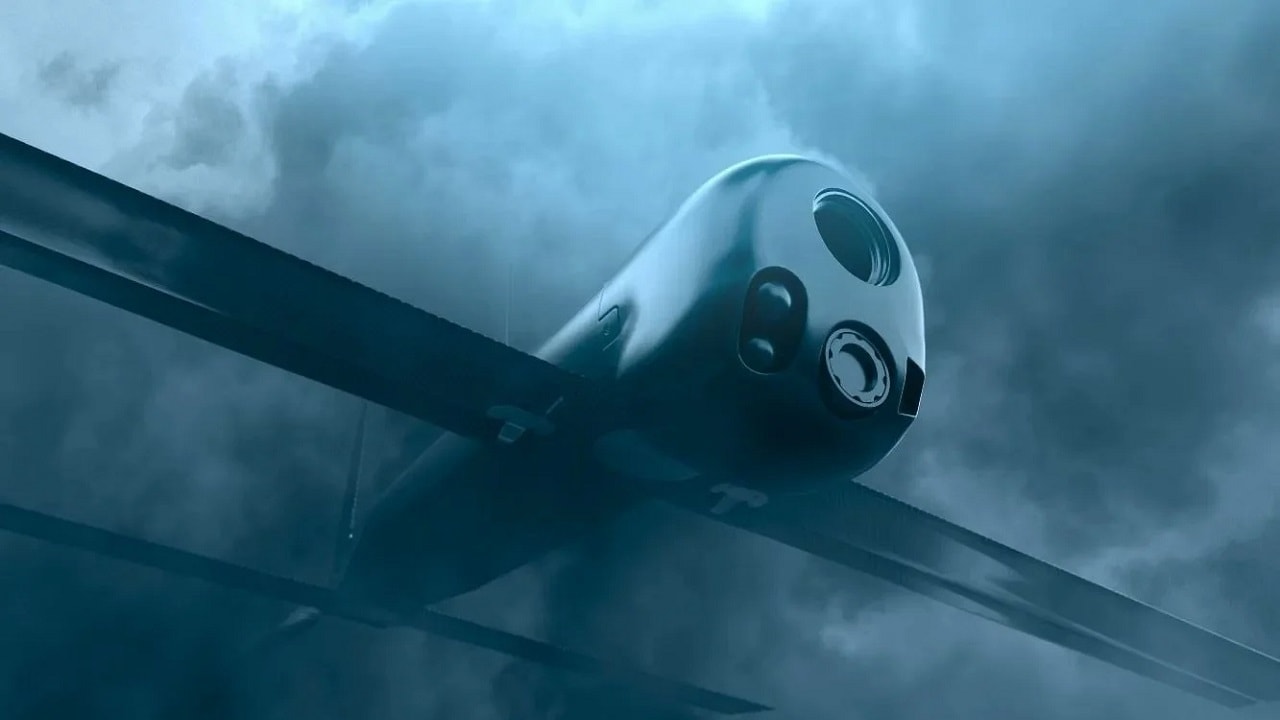Earlier this week, Russia’s Defense Ministry accused Ukraine of launching multiple drone strikes that targeted civilian infrastructure deep within Russia. One drone was even reported to have crashed in the Moscow region, and experts have speculated it was likely aimed at Russian energy giant Gazprom’s facility located near the village of Gubastovo, about 100 km (62 miles) from Moscow.
Media outlets have identified the drone as a UJ-22 Airborne, an unmanned aerial system (UAS) manufactured by the Ukrainian-based Ukrjet. It has a range of approximately 800 km (500 miles).
Three other drones had also targeted Russia’s Belgorod region on Monday evening, and one was reported to have flown through an apartment window while the others caused minor damage to buildings and cars.
Even though the recent drone attacks have resulted in little physical damage, many in the Russian government appear quite rattled as questions have been raised about Russian defense capabilities more than a year after it launched its unprovoked invasion of its neighbor.
As a result of the attempted strikes, Russian President Vladimir Putin was forced to order stepped-up protection at the border.
The War Comes to Russia
Authorities also had closed the airspace over St. Petersburg – Russia’s second-largest city – on Tuesday evening in response to what some reports said was a drone, while several Russian television stations subsequently aired a missile attack warning that officials blamed on a hacking attack.
It is also believed that Kyiv could be preparing to launch additional attacks utilizing its growing fleet of domestically-produced unmanned aerial vehicles (UAVs).
That has many of Russia’s pro-Kremlin figures concerned, and some are now publicly speaking out.
“I have a bunch of questions,” Tina Kandelaki, acting head of the state-owned TNT television network, wrote on the social messaging app Telegram, and she added, “Is this our new reality? How many regions will be [hit] by the next attack? Does the defence ministry have a plan to protect our cities? Who can guarantee security for our people?”
The Drone Wars
Both sides have employed a significant number of drones in the now-year-long war.
Russia has largely employed the UAVs against Ukraine’s urban centers and civilian infrastructure, while Kyiv has largely focused on striking military assets.
Last August, Ukrainian forces used a number of aerial and sea-skimming drones to strike the Russian Navy’s Black Sea Fleet base in Sevastopol on the Crimean Peninsula, while in December, Ukrainian drone attacks targeted Russian airbases.
One of the attacks occurred at the Engels-2 airbase in Russia’s Saratov region, located about 700 km (435 miles) from Ukraine. Engels-2 is one of the largest Russian airbases and is home to the 21st & 184th Heavy Bomber Aviation Regiments.
At least three people were killed and half a dozen more wounded, while two Tu-95M (NATO reporting name “Bear”) long-range strategic bombers were damaged.
Blame the West?
The most recent attacks have forced Moscow to harden its defenses. As noted, Putin has called for greater defenses at the border and on Tuesday, he ordered the FSB to further strengthen security in territories occupied by Russia in eastern Ukraine.
Moreover, Putin also cast blame on the West for enabling the attacks.
“We need to beef up our counterintelligence in general, because Western special services have traditionally been very active in relation to Russia,” Putin told reporters, according to a report from the BBC.
“And now they have put in additional personnel, technical and other resources against us. We need to respond accordingly.”
Ukraine’s Defense Ministry offered no comment on the recent strikes.
MORE: B-21 Raider: China Should Fear America’s New Stealth Bomber
MORE: H-20: China Is Building a New Stealth Bomber
MORE: Is Russia’s Su-57 Felon Stealth Fighter a Total Bust?
MORE: Merkova: Israel Has A Super Tank
Author Experience and Expertise:
A Senior Editor for 19FortyFive, Peter Suciu is a Michigan-based writer. He has contributed to more than four dozen magazines, newspapers, and websites with over 3,200 published pieces over a twenty-year career in journalism. He regularly writes about military hardware, firearms history, cybersecurity, politics, and international affairs. Peter is also a Contributing Writer for Forbes and Clearance Jobs. You can follow him on Twitter: @PeterSuciu.

